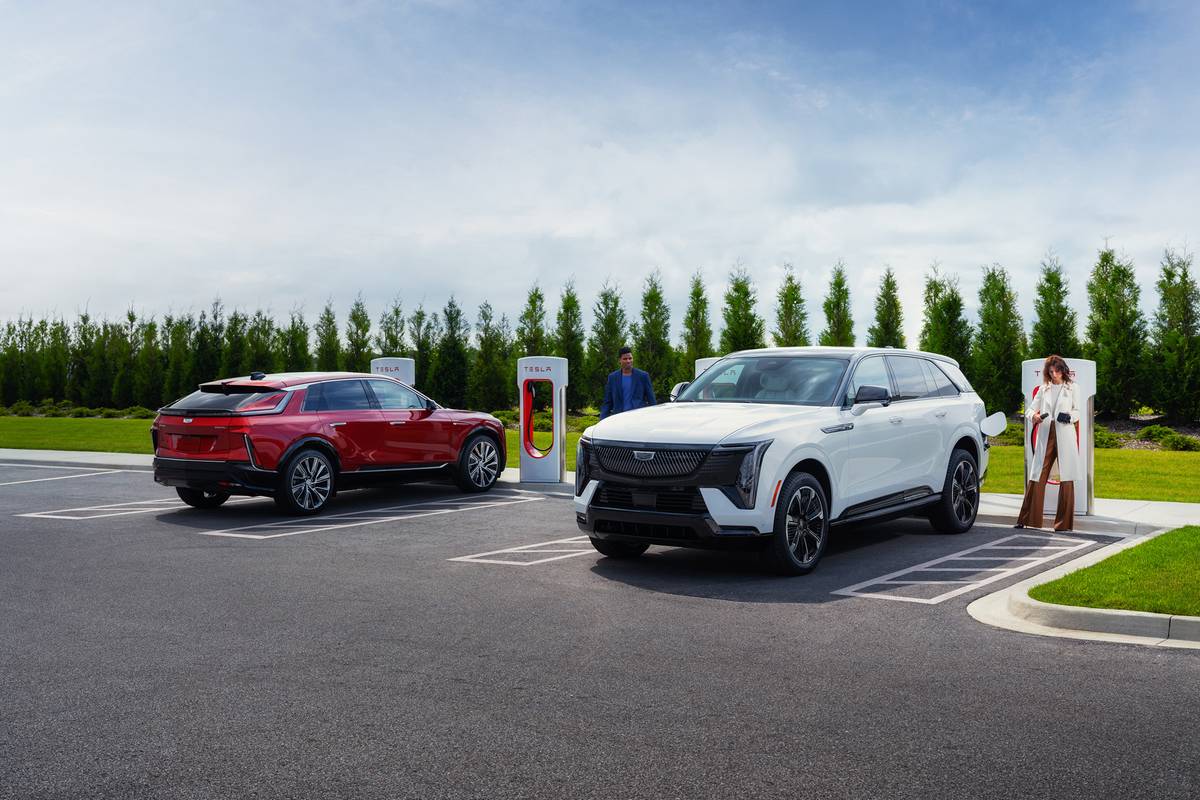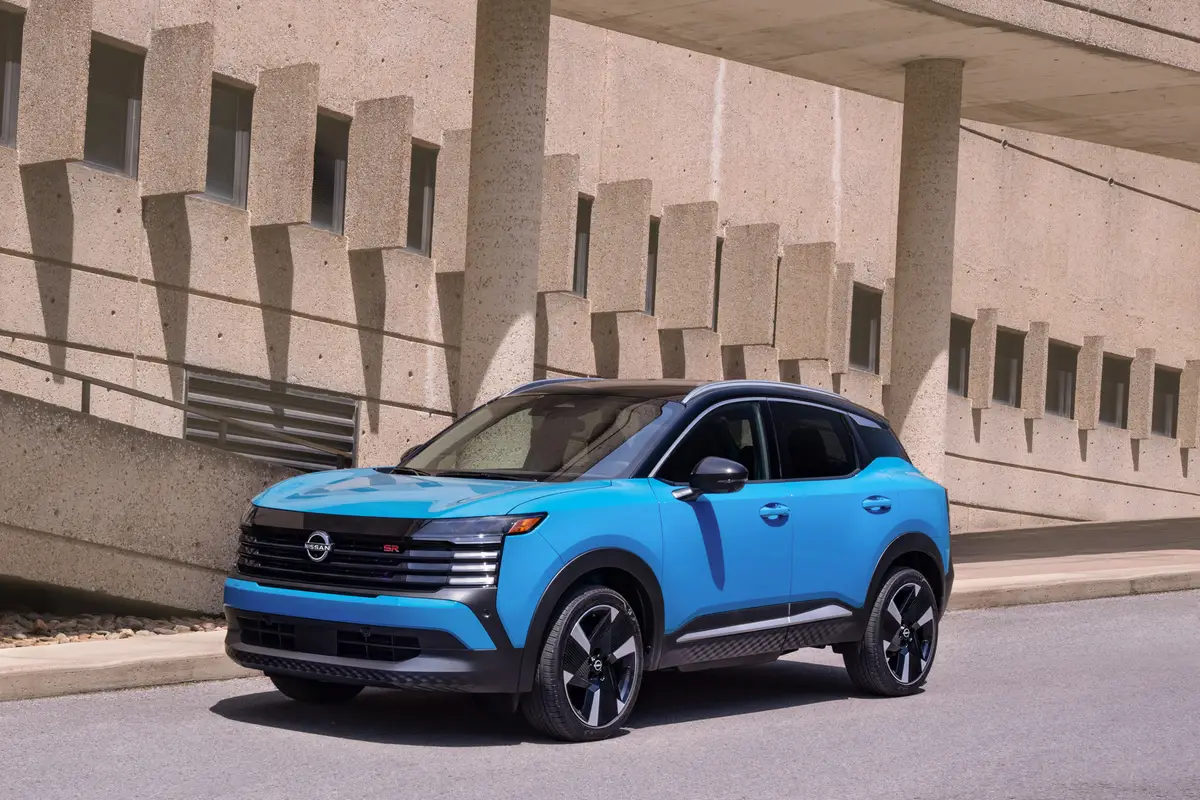washingtonpost.com's view
My first reaction was to snub it, to leave it sitting in the driveway. Mine was a bias against the bigness of it all — its gargantuan, 18-inch-diameter polished chrome wheels; its wide, chrome-wrapped waterfall grille; its overall jumbo-size body.
But a peek at the interior of the 2003 Lincoln Navigator sport-utility vehicle seduced me. It was beautiful. Cream-colored leather seating surfaces blended nicely with satin nickel-colored trim around the door-mounted speaker enclosures and on the center console. Discreet touches of polished chrome, along with plush carpeting, enhanced the passenger cabin’s aura of refined wealth.
Opening the driver’s door of the new Navigator was like opening the front door of a luxury house or apartment. I wanted to reside there, at least for the next several hundred miles.
Still, I was dogged by self-consciousness. The Navigator is impossible to ignore. It is so imposing in size and demeanor, it brings forth raw emotional responses from fellow drivers. Being behind the wheel of the new Navigator is knowing what it is to be hated, feared and loved at the same time.
I tried mightily to be the perfect gentleman behind the wheel. But many fellow motorists chose to judge me by the size and type of my vehicle rather than the content of my character. I was greeted by several upraised middle fingers and lots of other hostile behavior. Some of it was verbal. One wag in a Northwest Washington neighborhood even demanded: “Get your [expletive] rap wagon out of the way.” Funny thing is, I don’t like rap music. At the moment, my wife, Mary Anne, and I were on our way to see an opera — the Washington area’s Summer Opera Theater Company’s production of Massenet’s “Manon.”
On the other hand, there were those motorists who accompanied me side by side, urging me to answer questions. Compliance often yielded myriad inquiries about the Navigator’s cost, how I liked the vehicle, and whether it was “the one with the hideaway running boards.”
It wasn’t.
The new Navigator comes in three trim levels — Luxury, Premium and Ultimate. All offer more standard amenities than most other full-size SUVs. But it’s the Navigator Ultimate that comes with the power running boards, which automatically retract when the vehicle’s doors are closed and deploy when the doors are opened. I was driving the Premium model, which comes with fixed running boards.
Ford Motor Co. built the new Navigator to out-lux all competitors, a pursuit necessitated by the reality that, like it or not, there is a substantial base of buyers for these kinds of vehicles. But Ford’s marketing strategy smacks of competing against itself. The company also builds and sells the super-luxurious Land Rover Range Rover sport-utility vehicle. Both the Range Rover and the new Navigator seem aimed at the same buyers. But that’s Ford’s problem, isn’t it?
The beneficiaries of thi s competitive excess are the buyers of the new Navigator, which is much improved over the original version that was launched in 1997 as a 1998 model. In comparison with the 2003 Navigator, that first attempt amounted to little more than enclosing a full-size pickup truck and equipping it with luxury items. As a result, the original Navigator rode, handled and felt like a truck.
That is not the case with the new Navigator. Ford made major changes to the vehicle’s suspension, chassis and steering system. The new Navigator, for example, sits on a “hydroformed” frame that is 70 percent more rigid than the frame used in the previous model. That means less noise, less body rumble and vibration, and a much smoother ride for the new Navigator.
Use of the stiffer frame also allowed Ford to rework the Navigator’s suspension system. The solid rear axle, which compromised ride and handling in the previous Navigator, is gone. It’s been replaced by a rear suspension employ ng upper and lower control arms with load-leveling air springs. That means a more comfortable ride for the vehicle’s rear-seat passengers.
Steering is now a cinch in the Navigator. There is no more tugging at the wheel, which was the case with the old recirculating-ball steering system. The new Navigator comes with easier-to-use rack-and-pinion steering. Steering thus is no more difficult than piloting a large sedan.
Of course, the 2003 Lincoln Navigator is not for everyone. Its price, starting at about $50,000, limits market appeal. Most certainly, the vehicle will get a passionate thumbs-down from the politically and environmentally correct among us. But for those buyers who like things larger than life, and who are more inclined to pull ahead of the Joneses than they are to keep pace with them, the 2003 Lincoln Navigator is an excellent choice. It is the sport-utility vehicle with everything, including a giant-size helping of attitude.
Latest news



